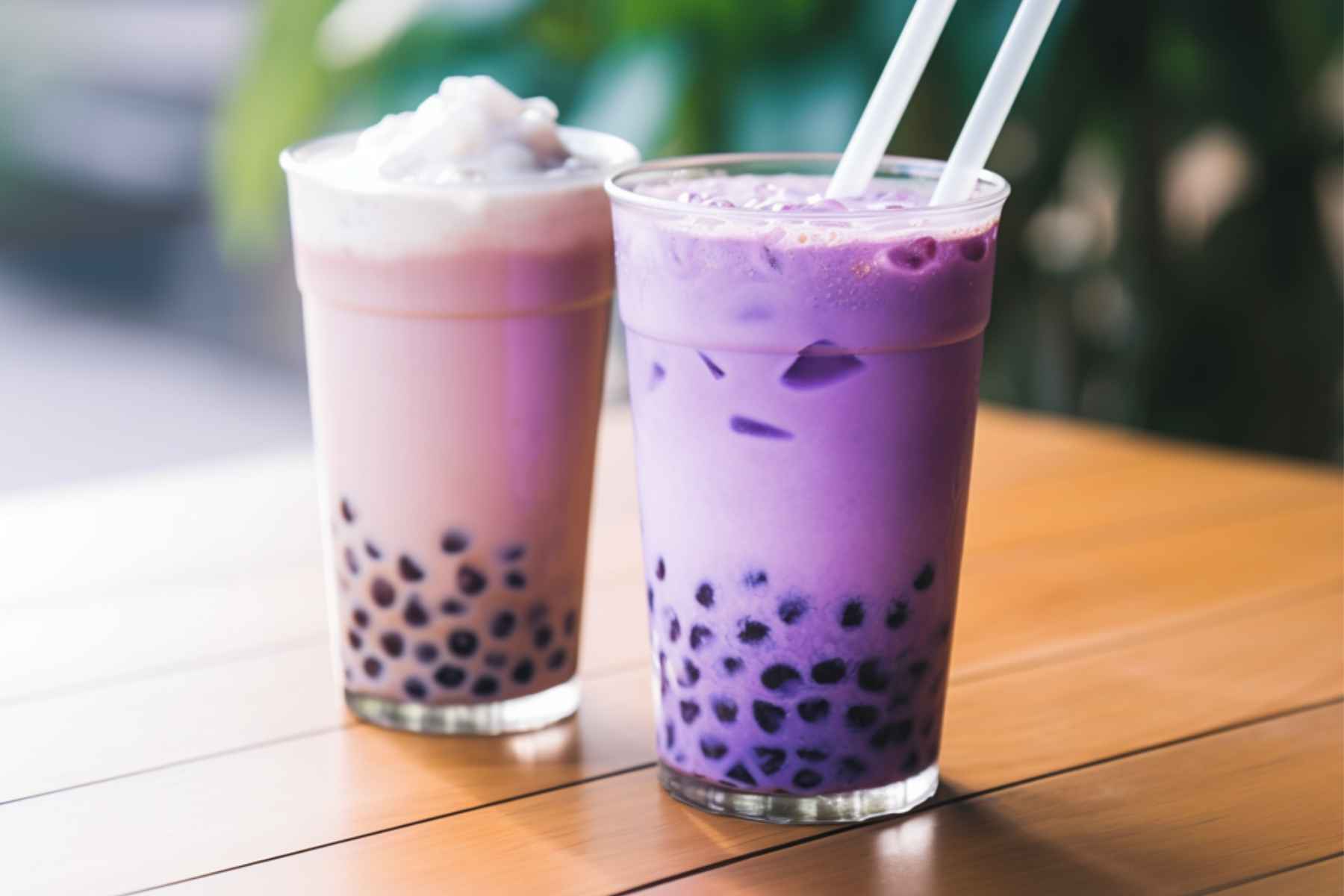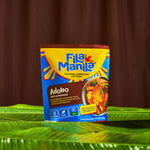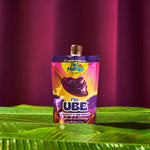

Ube vs. Taro — What’s the difference?
By Patrick Kho, for Fila Manila
What’s the difference between ube and taro? At times, we find ourselves asking that exact same question too.
It can be easy to mistake these two root vegetables for one another. Both can be similar in taste and often are used in sweet dishes.
For example, both ube AND taro taste great on boba. Since they share some similar qualities, how do you tell them apart? We’re here to break it down for you:
What is ube?
Pronounced “ooh-bae” (“ooh” the expression: “bae” short for “baby”), ube is a vibrant purple yam native to the Philippines, known for its striking violet color and mildly sweet, nutty flavor.

In Filipino-American bakeries, ube can be used as a key ingredient in many desserts — cakes, cheesecakes, ice creams, donuts, breads, tarts. Some even use them on babkas. In the Philippines, ube is important to many dishes. It’s used as a topping for halo-halo and made into jams, often spread on bread like pandesal.

Part of the reason ube is so popular is because its earthy, nutty flavor is extremely versatile in the kitchen. It’s not as savory or starchy as taro, and its taste is more distinct and complex than sweet potato. Because of its texture, it’s conducive to absorbing various flavors — from rich cream to woody coconut.
What is taro?
Taro, meanwhile, is a starchy vegetable similar to a yam. The word “taro” comes from the Maori language. It’s often translated as “bread.”

Flavor-wise, chef Jonathan Pasion tells Food Network that taro is “often compared to a combination of potatoes and artichokes. The starchy nature of taro gives it a creamy and smooth texture when cooked, making it an excellent ingredient for soups, stews, and curries.”
Today, the root vegetable is farmed throughout the world, and is used in a variety of countries for a variety of dishes:
- In Thai cuisine, taro is used in Massaman curry.

-
Poi — a dish where taro is mashed into smooth, viscous paste — is a staple in Hawaiian cuisine. Both poi and taro are believed to connect Hawaiians to their ancestors.

- In Bengali cuisine, taro is often mashed and made into a tasty fritter.
How are ube and taro different?
As we’ve mentioned earlier, ube and taro have similarities, but there are subtle difficulties that many people miss.
For one, taro is starchy and earthy, but ube is distinctly sweet. Because of this…
- Ube is used almost exclusively in desserts; its flavor is often described as vanilla-like. Some popular Filipino ube dishes include: halo-halo, ube ice cream, and ube halaya.

- Taro, however, is still often used in savory dishes. Taro is often added in soups, as a topping in hotpot or in a stew, and sometimes, it’s even made into potato chips!

Similarly, while both root vegetables are shades of purple, there are some color differences if you take a closer look:
- Ube’s exterior is dark purple, with vibrant purple flesh.
- Taro, on the other hand, is brown on the inside, with lighter, pale insides with purple specks.
 Nutritionally, both dishes differ: ube is higher in vitamin C and iron, but has more calories and sugar. Taro contains more zinc and fat.
Nutritionally, both dishes differ: ube is higher in vitamin C and iron, but has more calories and sugar. Taro contains more zinc and fat.
And while ube is native to the Philippines, Taro is grown in various tropical regions, including South and Southeast Asia and the South Pacific. This explains why almost all ube dishes are Filipino dishes, while countries as diverse as China, Nigeria, or India have dishes that use taro.
Ube and Taro: Two Asian flavors taking the world by storm
Regardless, it’s important to recognize that both ube and taro are gaining increased recognition in the West, particularly in the United States. And as a result, both root vegetables are casting a spotlight on Filipino and other AAPI cuisines.
In January of 2024, ube was declared “Flavor of the Year” by flavor company T. Hasegawa USA. And taro is one of the popular flavors fueling America’s craze for Taiwanese bubble tea.

As the spotlight remains on AAPI cuisines, expect to see more of both of these root vegetables.
Easy Ube in the United States
If you’re in the United States, and looking to add ube to your pantry, Fila Manila’s ube is ready straight from the pouch.

It works great as a spread on toast or pancakes, as an infusion to dessert recipes, or as a drizzle/topper on top of yogurt, smoothies, or oatmeals. It can even be used to make all of the cool ube-flavored dishes mentioned in this article!






